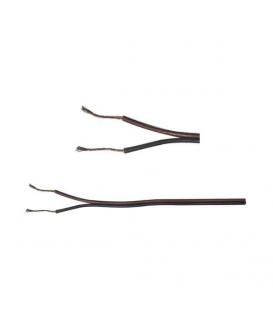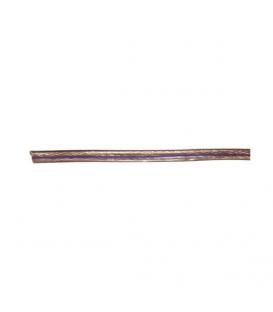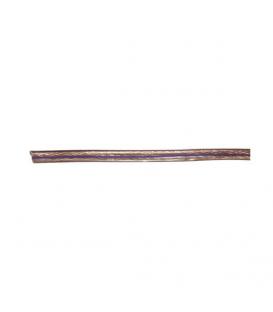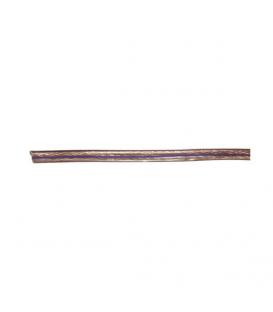Cables, wires and conductors
Electrical cables, wires, and conductors are essential components of electrical systems that facilitate the transmission of electrical energy and signals. They are used to connect various electrical devices, equipment, and components within residential, commercial, industrial, and other applications. These components are designed to efficiently conduct electricity while minimizing energy losses and maintaining safety.
The basic key difference...
quality, cables, wires, conductors, electrical, components
Description of Cables, wires and conductors
... key difference between wires and cables is that a wire is a single conductor whereas a cable is a group of conductors.
Components:
- Conductors: These are materials that have high electrical conductivity and allow the flow of electric current. Copper and aluminum are common conductor materials due to their excellent conductivity properties.
- Insulation: Surrounding the conductors, insulation materials prevent the flow of electricity to unintended paths and protect against electrical shocks. Common insulation materials include PVC (polyvinyl chloride), XLPE (cross-linked polyethylene), rubber, and more.
- Sheath or Jacket: This layer provides additional protection to the cable and insulation, shielding them from mechanical damage, moisture, chemicals, and other environmental factors.
Explanation:
Electrical cables, wires, and conductors serve several important functions:
- Conduction of Electricity: Conductors enable the flow of electric current between devices, power sources, and loads. The choice of conductor material affects the efficiency and performance of the electrical system.
- Insulation and Safety: Insulation prevents accidental contact with live conductors, reducing the risk of electric shock and short circuits. Different types of insulation materials are chosen based on factors such as voltage levels, temperature, and environmental conditions.
- Protection: The outer sheath or jacket protects the underlying components from physical damage, moisture, chemicals, and environmental hazards. This extends the lifespan of the cable and ensures safe operation.
- Signal Transmission: In addition to power transmission, cables and wires are used to transmit signals for data communication, control, and instrumentation purposes. This is common in applications such as telecommunications and automation.
Benefits:
- Efficient Energy Transfer: Well-designed conductors minimize energy losses during transmission, improving overall energy efficiency.
- Reliability: Quality cables and conductors ensure a reliable flow of electricity, reducing the risk of downtime and system failures.
- Safety: Proper insulation and sheathing protect against electrical shocks and fires, enhancing safety for users and installations.
- Versatility: Cables and wires come in various types, sizes, and configurations, making them suitable for diverse applications and environments.
- Easy Installation: Flexible cables and wires are easy to install, bend, and route, simplifying installation processes.
Applications:
- Power Distribution: Cables are used for transmitting electrical power from substations to homes, businesses, and industries.
- Building Wiring: Wires are essential for internal building wiring, providing electricity to outlets, switches, lights, and appliances.
- Automotive: Cables are used for automotive wiring, connecting various electrical components in vehicles.
- Telecommunications: Fiber optic and copper cables are used for data transmission in telecommunications networks.
- Industrial Machinery: Cables and wires connect sensors, motors, control panels, and other components in industrial automation systems.
- Renewable Energy: Cables are crucial in connecting solar panels and wind turbines to power grids.
- Instrumentation and Control: Wires are used for transmitting signals between sensors, instruments, and control systems.
- Medical Equipment: Specialized cables are used in medical devices and equipment for patient monitoring and treatment.
- Aerospace and Defense: Cables are essential for communication, navigation, and power distribution in aircraft, spacecraft, and military applications.
- Entertainment and Audiovisual: Cables connect audio, video, and lighting equipment in entertainment and broadcasting setups.
In conclusion, electrical cables, wires, and conductors play a fundamental role in modern electrical systems, enabling the efficient transmission of power and signals across a wide range of applications. Their design, materials, and properties are tailored to meet specific requirements, ensuring safe and reliable operation in diverse environments.
Narrow the selection
Featured products












